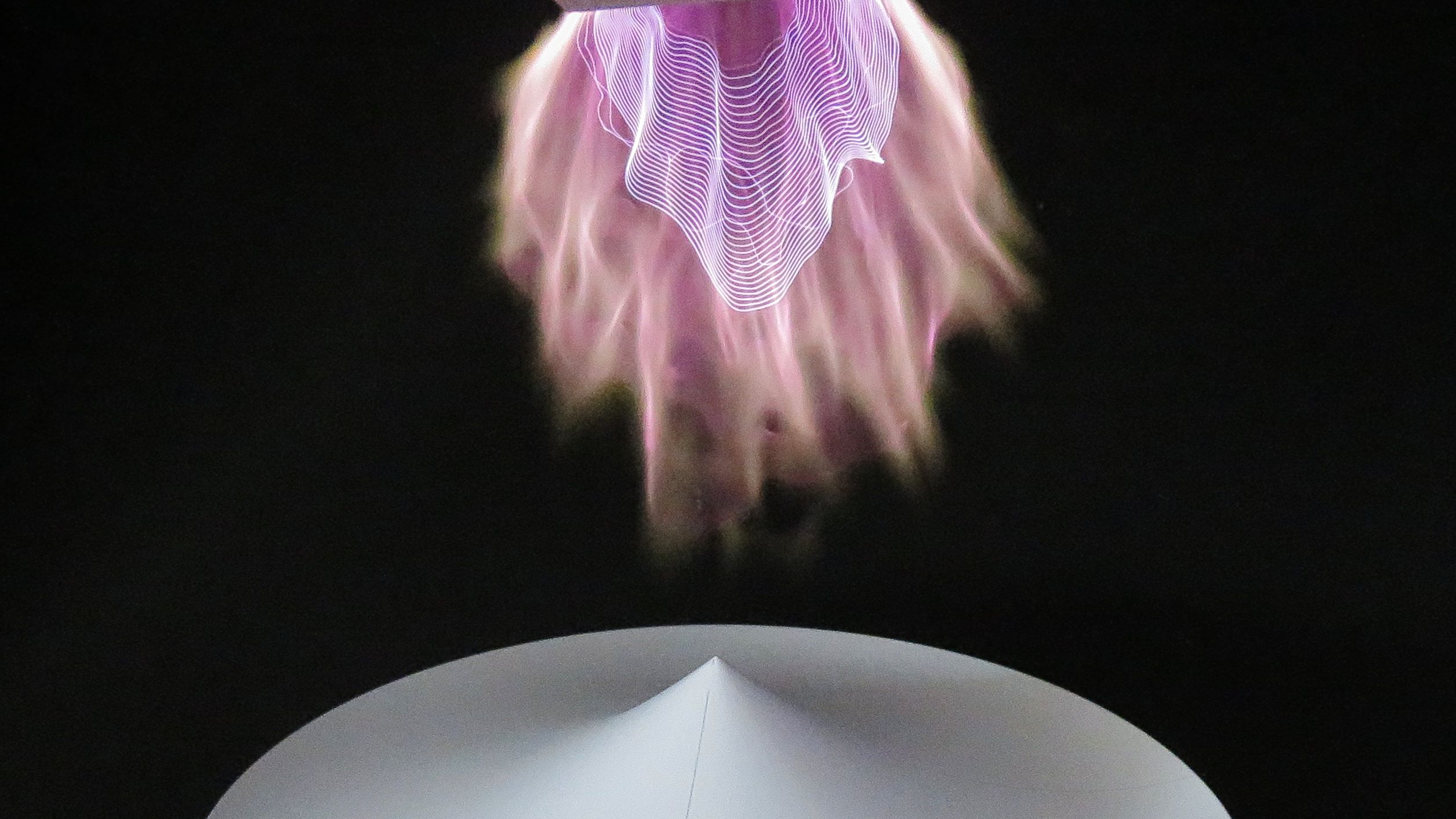Thermooptical coatings are used to control and to protect sensitive surfaces of satellites and spacecrafts. They are mostly either black (high alpha) and conducting or they are white (low alpha) and non-conducting. The idea presented here shall develop a white thermo-optical coating with electrically conducting properties.
A first development goal shall establish ESD properties (resistivity in the low Mega-Ohm sq range), in the second step a conductivity in the kilo-Ohm range shall be achieved. The coating shall be designed to be non-hazardous/ REACH compliant, it shall be ambient curing and it shall be applicable to aluminium and CFRP surfaces.
The application is foreseen to be performed by spraying with a layer thickness <100µm. Technically two routes are pursued:
Route 1 starts with an aqueous system consisting of inert lithium water glass binder, white inert fillers (Al2O3, Y2O3, BN) and conducting materials with relatively low alpha e.g. ITO/AZO/ATO coated silica spheres, steel flakes or metal coated fibres. These conducting materials have a low percolation threshold and they are not bulk materials, but only coatings on a carrier material. Their influence on alpha shall thus be low.
The second route deals with a commercial low VOC or VOC free methylsiloxane binder (no phenyl groups) in combination with white inert fillers (Al2O3, Y2O3, BN) and conducting materials with relatively low alpha such as ITO/AZO/ATO coated silica spheres, steel flakes or metal coated fibres. Additionally aluminium flakes are usable in non-aqueous systems.
The final system shall have a TRL of 4 with conducting properties, low alpha (<0.3), high epsilon (>0.8) and ECSS conformal adhesion to various substrates. It shall also be curable at low temperatures (ideally room temperature), inert to contamination and stable under space conditions (high vacuum, UV irradiation, Tmax = 120°C) with no significant deterioration of mechanical and optical properties.

